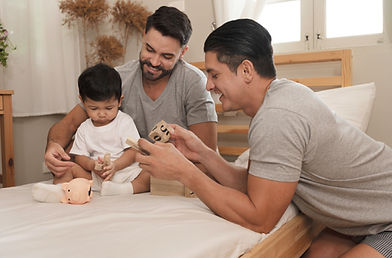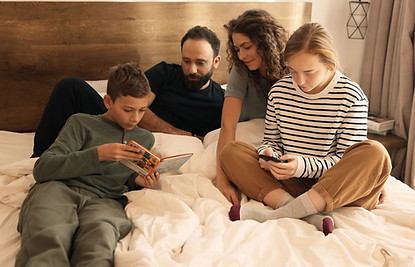
Imago Relationship Therapy

What is Imago?
Imago Relationship Theory was founded by Harville Hendrix over 45 years ago. While Imago therapy is similar to other psychological models in addressing sources of conflict with couples and families, it goes several steps further in helping couples understand how their relationship to their family of origin shaped their expectations and perceptions of their partner’s behavior, as well as their role as parents.
Imago therapists view conflict as natural and something that is expected to happen in intimate relationships. We see relationship conflict is a sign of “growth trying to happen.” Learning to use a structured dialogical process, partners achieve a more “conscious” connection and true healing of the wounds in the relationship as well as unprocessed wounds from childhood. In response to requests for change, partners resolve to meet each other's unmet childhood needs, the most common source of conflict in intimate relationships.


Imago technique is highly effective with all couples, regardless of gender, sexual or cultural orientation. Parents can use Imago techniques with their children to reduce conflict, improve communication, and role model pro-social skills that will teach them how to work with conflict in relationships. In this way, we can help our children see conflict as a natural part of relationships and an opportunity for growth.
The Nature of Intimate Relationships
In the Romantic phase of coupling, partners tend to share great excitement in the new relationship, feel enamored with one another, and have a tendency to overlook minor disagreements or signs of potential conflict. This phase usually lasts for about 12 – 18 months, or many years for some couples. As the couple becomes more familiar with one another, and notices points of irritation or contention, conflict arises. Once couples understand the underlying cause of the conflict, Behavioral Change Requests are used to reduce and resolve the conflict.

What distinguishes the Imago Therapist

Imago therapists teach couples to use a structured communication dialogue that defuses anger and defensiveness, while opening awareness to the true sources of conflict.
The Imago therapist acts as a coach to inform partners of how their childhood experiences, particularly negative ones, influence (unconscious) sources of conflict in their intimate relationships.
How does Imago work
Imago theory is based in neuroscience, and intensive study of the effectiveness of different techniques. In fact, Imago incorporates basic premises from a number of well known theories, and builds on a framework to improve communication by regaining control of neurological pathways.
Criticism from one’s partner feels very different from negative feedback received from a teacher or boss, because of the intense emotional connection we have (intimate love). In response, the most primitive part of the brain is activated and goes into “Fight, Flight, or Freeze” mode. When this happens, the frontal cortex or “thinking brain” is not available to objectively interpret the situation, and "re-wounding" occurs in our intimate relationships.
Imago therapy allows partners to bring the thinking brain back online, using a dialogue process to more clearly and comfortably communicate frustrations and unmet needs. By recovering control over this brain activation, each partner is able to mirror, empathize, and validate the other, in turn facilitating the healing of childhood wounds.


What should we expect

With Imago, it is important that each partner is invested in improving communication in the relationship. To effectively use the model, they must learn to “speak the same language.” The best results are achieved using a multifaceted approach including psycho-education, self-study, weekly sessions, and homework. In most cases couples who initiate therapy are highly motivated to change and progress quickly.
Couples can get started by reading “Getting the Love You Want,” by Harville Hendrix. In weekly 90 minute sessions, partners will discuss areas of conflict within the structure of the Imago dialogue. Through this process, a safe space is created for crafting a Behavioral Change Request. When couples follow through with the Behavior Change Request, healing takes place. To learn more about Imago, please visit http://www.imagorelatioships.org.

“We are born in relationship, we are wounded in relationship, and we can be healed in relationship.”
~ Harville Hendrix, Founder of Imago Relationship Therapy
